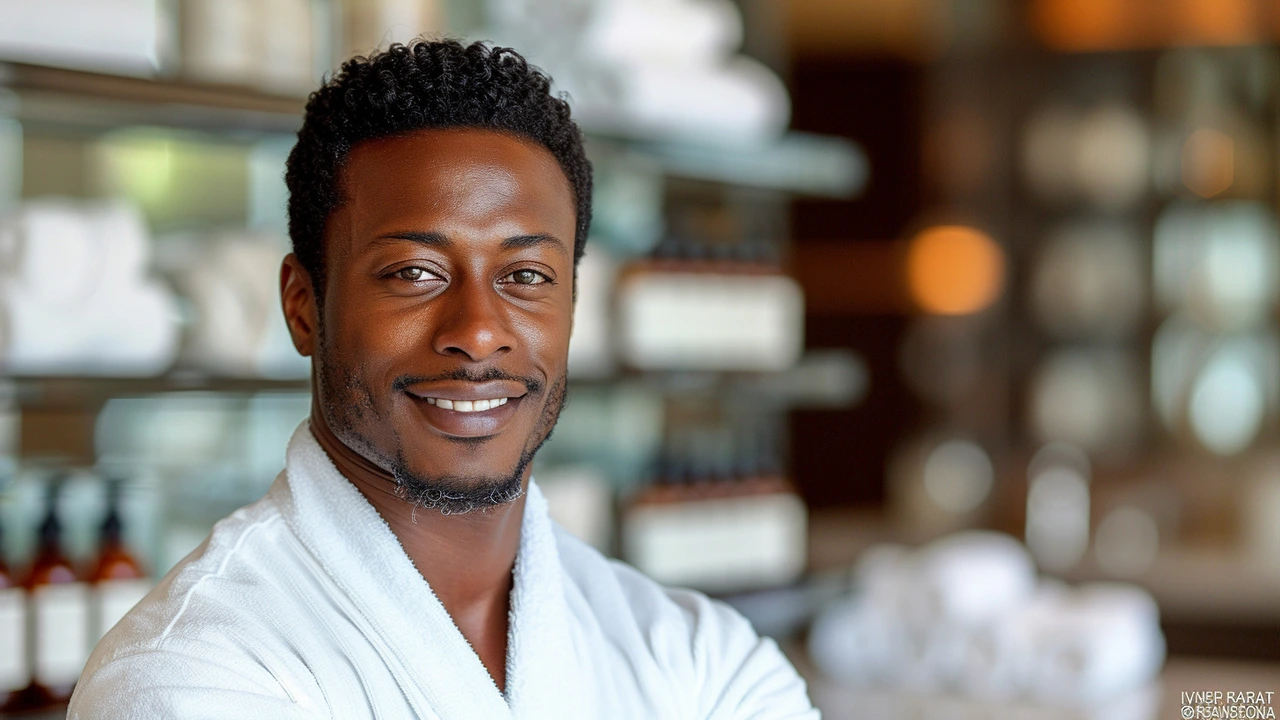Ever noticed rest alone doesn’t always fix pain? Physical therapy gives tools, not just time. This page groups simple, useful ideas you can use today—when to see a therapist, basic exercises, and recovery habits that actually work.
If pain limits walking, lifting, or sleep for more than a week, see a therapist. Also get help after an injury, surgery, or when pain returns after exercise. PTs don’t just treat pain; they check movement patterns, joint stiffness, and muscle weakness that cause problems. If you’re on TRICARE, verify coverage for outpatient PT sessions so you know what’s available.
Start with gentle, targeted exercises before anything intense. Try these simple moves: heel slides for knee mobility (10–15 reps, 2 sets, twice daily), glute bridges for hip strength (10–15 reps, 2 sets), and wall squats to build leg endurance (hold 10–30 seconds, 3 reps). Add calf raises for ankle strength (15 reps, 2 sets). Do them slowly and stop if sharp pain appears.
Use sports massage techniques to speed recovery. Focus on long, gentle strokes along the muscle, and short, deeper pressure on tight knots for 30–60 seconds. A foam roller or lacrosse ball works well on calves, quads, and glutes. Don’t ignore soreness that grows worse after massage—ease up or check with your PT.
Biofeedback tools help you learn what your body is doing. Simple wearables can show heart rate or breathing patterns. Use them to time breathing exercises and keep calm during rehab sessions. Slower breathing lowers muscle tension and helps pain feel less intense.
Mindfulness and stress control matter. Pain gets worse when you’re tense. Try a short breathing break: inhale 4 seconds, hold 2, exhale 6. Do it three times before exercises. That small shift makes movement easier and keeps your focus on correct form.
Fuel recovery with smart snacks. Protein helps muscle repair—try Greek yogurt with berries, a handful of nuts, or a tuna packet. Stay hydrated; even mild dehydration can make muscles cramp and slow healing. If weight or gut health affects movement, pick fiber-rich veggies and fermented foods to support digestion and steady energy.
Track progress in small steps. Note improvements in range of motion, pain during daily tasks, or how stairs feel. Share those notes with your therapist so they can adjust your plan. Small wins build momentum and reduce the chance of reinjury.
If pain is severe, spreading, or comes with numbness, see a PT or doctor right away. Physical therapy is practical: the right moves, regular habits, and small checking points help you get back to life faster.

Hey there, fellow fitness enthusiasts and athletes! I just want to chat about something that has totally changed my game – sports massage. Trust me, it's not just a regular massage; it's like this super tool that dives deep into your muscles, making them feel rejuvenated and ready to tackle the next challenge. I've been incorporating it into my routine, and it's amazing how much more in tune with my body I feel. Sports massage keeps those pesky injuries at bay and seriously, it's a game-changer for anyone looking to stay on top of their game – whether you’re a weekend warrior or a pro athlete.
Read More